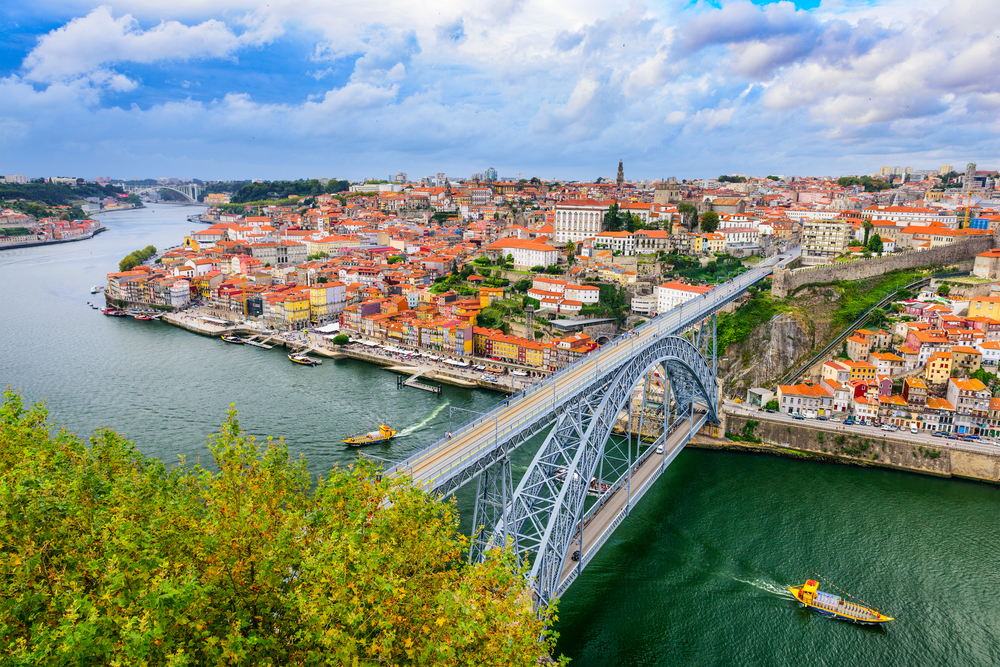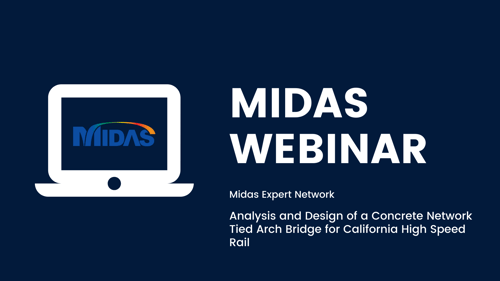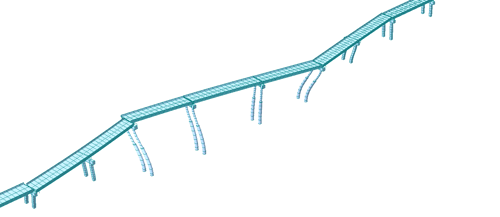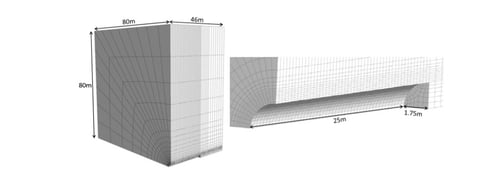Expert Tips: Analysis and Design of a Concrete Network Tied Arch Bridge for California High-Speed Rail

2 min read
Author: Hadi T. Al-Khateeb, Ph.D., S.E., P.E.
Publish Date: 11 Feb, 2022
In our previous webinar, Analysis and design of a concrete network tied arch bridge for California high-speed rail, our MIDAS Expert Engineer Hadi T. Al-Khateeb, Ph.D., S.E., P.E. a Senior Bridge Engineer at Jacobs, provided an overview of characteristic structural details and the methods of construction for the arch bridge, and discuss unique methods of analysis used to design the bridge including rail structure interaction for high-speed rail, non-linear seismic analysis, and hanger cable loss analysis. At the end of the webinar, Hadi answered lots of great questions, which can be good references. This article concludes the Q&A portion of the webinar.
- How do to use buckling analysis results for the arch analysis?
- The buckling analysis result is achieved from pushover analysis. It is compared to the SP column capacity of the arch itself. That's how we make sure that the buckling load is less than the capacity of the arch.
- When you checked the response of the piles based on the P-Y curves defined in Midas 3D model for its validation, knowing that LPILE is a 1D model, how did you validate the Midas model; did you get the same values for the deflection at the top of the piles obtained in LPILE?
- No, it will not be the same values for the deflection at the top of the piles. What we assumed was just a dummy load in the LPILE. We had done it for many different loads. For example, we applied the maximum earthquake from OBE to LPILE. Then we applied the same loads in static loads and dynamic loads. Then we made a comparison and had an agreement based on results.
- The isolation bearings contain a lead that yields under cyclic forces (e.g., seismic) to allow the energy dissipation and therefore reduce the acceleration values in the structure. Did you consider this reduction of the acceleration values, and if it's the case, what was the reduction value considered?
- Before we adopted the isolation bearing used for this bridge, we planned to use the transmission shock device on this bridge. Two transmission shock devices at one abutment and make the load share between four bearings. However, the transmission shock device didn't work. So we have to switch to another energy dissipation method: the isolation bearing. Comparing the situation with a transmission shock device, the force was decreased.
- What plan of action will you consider if the isolation bearing does not fail the way or the values do not fall as you predicted?
- We were forcing it to fail in that direction. That's why we tested a few mechanisms and ensured it would fail in shear at a certain level. In case it didn't fail, it went to the MCE level. We still had some reserved capacity in the superstructure and substructure to take up to the MCE level. Beyond that was not our responsibility since the design criteria asked us to do. If that also increased, the bearing might fail. We provided shear blocks to prevent any collapse in the structure.
- Since it was a complicated model with interaction between components, how did you validate the model to make sure it was working properly?
- Generally, all projects that were designed with California high-speed rail were also checked by an independent checking engineer from the facility side. This is one way of verification. If we did a model with Jacobs, we would do the QC process with Jacobs.
- What is the difference between a 3D model with and without considering the soil interaction?
- Normally, it would not make any differences in a non-seismic analysis, like the static analysis. It also wouldn't make any big differences in construction stage analysis. You don't need to consider the soil interaction for these two types of analysis. So we started to get involved with the soil-structure interaction in non-linear time history analysis of the bridge.
- Have the wind loads had any significant effects on bearings or cables?
- There are no significant effects on wind loads. But they are considered in all types of analysis. As I mentioned, the main criteria that controlled a bridge were seismic analysis and rail track interaction.
Related Articles
Dynamic,
Seismic Analysis,
Modal Analysis,
Michael Baker,
Bridge Engineering,
Response Spectrum Analysis,
Bridge Design,
midas Civil
Introduction: In the world of bridge design, seismic analysis is sometimes seen as a rigorous process that can yield results that, at first,...




Add a Comment